You might think that the U.S. Military, and special operations forces specifically, always have the absolute best gear and accessories for combat.
That they have access to gear that’s far ahead of the civilian market…
But the fact is, Special Ops have been learning a lot from civilian competition shooters over the years and applying it to what they do in combat overseas.
Add that to the fact that the civilian market moves a lot faster to the demands and innovations of shooters compared to the bureaucratic nature of Big Army, and you find that Spec Ops is actually following the trail blazed by civilian competition shooters…
Jeff Gurwich, retired Special Forces, calls it the “Competition Shooting To Combat Crossover” and I find it fascinating.
Tactical AR-15/M4/M4A1 Carbine Aftermarket Accessories for Military Combat Applications: The Competition-to-Combat Crossover
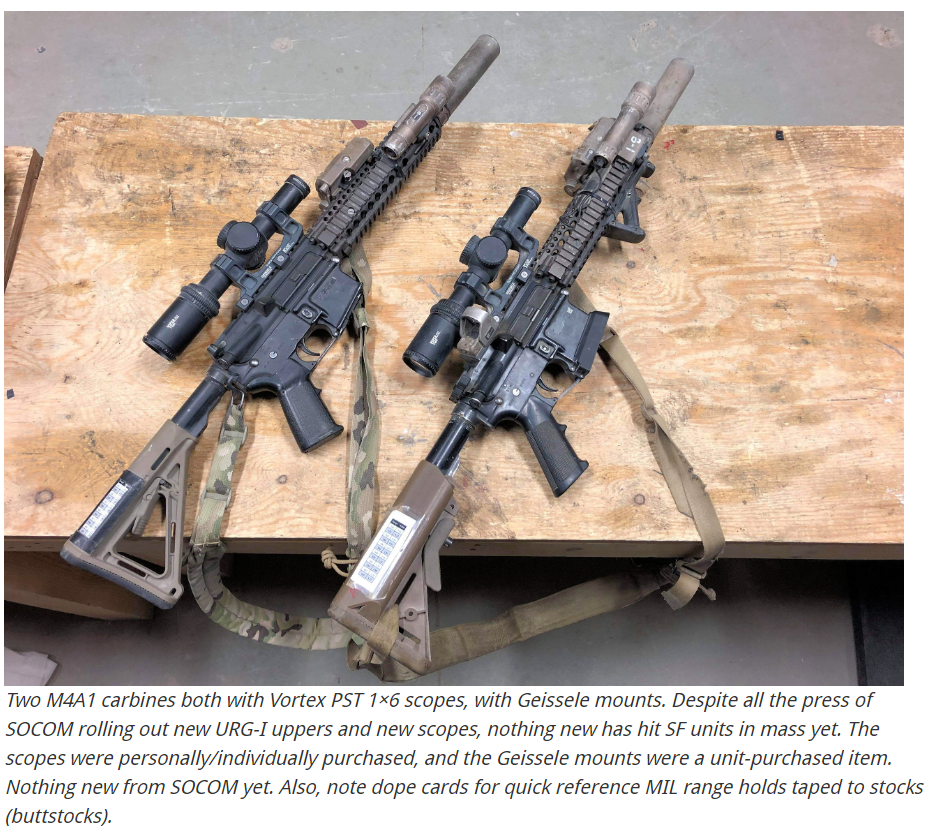 Long suffering readers may remember a post I did previously on How Special Operations Soldiers Setup Their AR-15’s (Tactical Accessories)…
Long suffering readers may remember a post I did previously on How Special Operations Soldiers Setup Their AR-15’s (Tactical Accessories)…
In it, I linked to multiple articles by Mr. Gurwitch, who is now retired from Special Forces, where he showed the evolution of his own rifle and the rifles of his peers and how they setup their rifles based off what they learned in combat and in competition shooting at home.
I’ve found it really interesting to see how he setups up his rifle and how other guys are doing it … not to mention the “evolution” of these setups over time … because the Military Issue M4/M4A1/MK18 are all very similar to the civilian AR-15 platform.
Mr. Gurwich is now retired, but he was able to stay in contact with some team members and put out one more article called “Tactical AR-15/M4/M4A1 Carbine Aftermarket Accessories for Military Tactical AR-15/M4/M4A1 Carbine Aftermarket Accessories for Military Combat Applications: The Competition-to-Combat Crossover Part, Part 4“.
Mission Drives The Gear
One thing that Mr. Gurwich explains is how combat experience showed him and his teammates how to best setup their gear for their missions…
For example…
“In Afghanistan, the enemy typically fights from distance, even in the villages. As was the case back in 2015 during village clearance operations, the enemy would always engage us from two or three building away, keeping distance from us. As we moved in to close the distance, they would always retreat, either maintaining a few buildings between us or dispersing to wood lines a few hundred meters from us.
Shooting at us from ridge lines put the average engagement distances for most shots beyond 300 meters. I think we only had three instances where my guys took shots at threats under 100 meters away. Two of those times were at true CQB distance, under 10 meters. The other one was just under 100 meters. The rest of the time it was a long-range fight, always between 300 and 500 meters. So, the rifle packages I’m presenting here are specifically designed for the conditions in which these guys are engaging the enemy.”
So, keep that in mind, your mission drives your gear choices.
Variable Scopes Are Proven In Combat
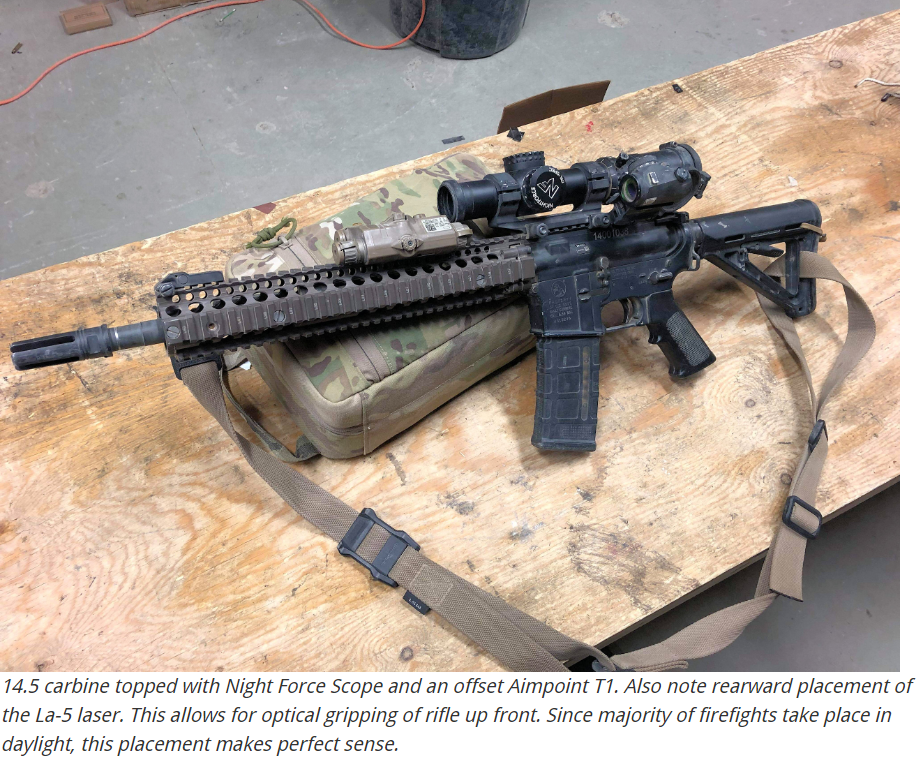 What’s interesting is that every rifle featured in the article is sporting a 1-6x or higher (1-8x) scope…
What’s interesting is that every rifle featured in the article is sporting a 1-6x or higher (1-8x) scope…
The advantages of such a setup are legion as we’ve discussed before in my article on the “do it all AR-15 setup” and as I discovered at Frank Proctor’s rifle course.
And of course, late in 2018, SOCOM announced they selected the Nightforce 1-8 ATACR as their first focal plane scope…
What’s really cool though is that the benefits of a 1-6x scope are so important that most of these guys used their personal money to purchase their own optics. And because of that, they’re not even “top of the line” scopes that cost an arm and a leg…
Most of these guys are using Vortex PST 1-6x and Vortex Strike Eagle 1-6x and Vortex Strike Eagle 1-8x scopes.
And as Mr Gurwich says, “But for combat? Well, despite what many might think of “budget optics”, the bottom line is that if they work well and prove to be reliable, then why not. After using these optics in matches and training, these guys obviously have confidence in them. During my last tour, we had one guy run a Strike Eagle 1-6x. I’ve also seen mid-ranged priced Primary Arms and Burris scopes in the field.”
So, if all you can afford is a Vortex Strike Eagle 1-8x scope then I wouldn’t waste a lot of sleep worrying about the durability – they seem to be working fine competition and combat too.
Backup-Iron-Sights Are Either Gone Or Replaced By Another Optic!
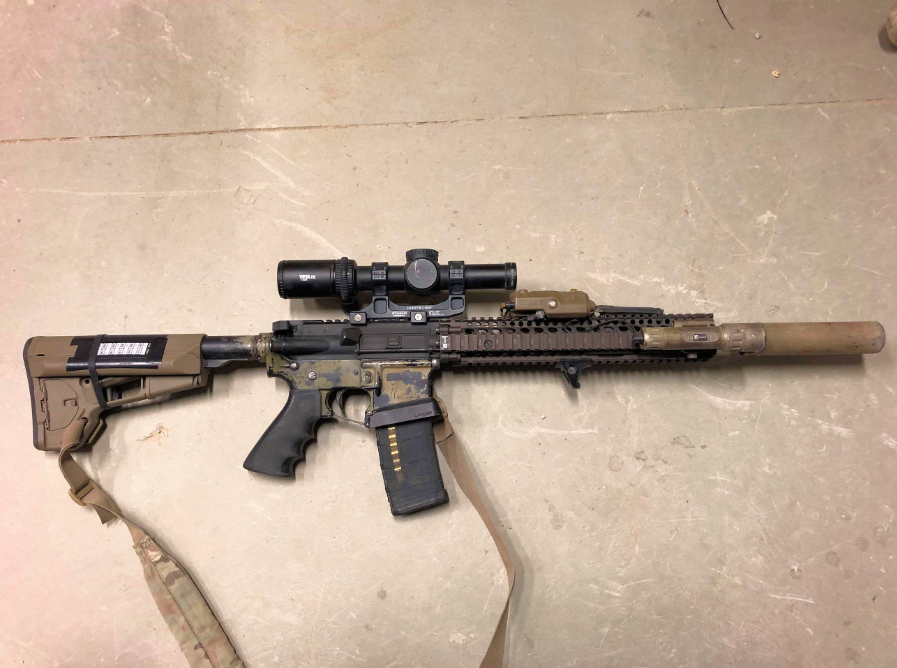 Besides Special Forces using “budget optics” on their rifles, the other thing that might surprise you is these optics are so durable that many of these soldiers have either completely ditched their BUIS (backup iron sights) or replaced them with an offset optic.
Besides Special Forces using “budget optics” on their rifles, the other thing that might surprise you is these optics are so durable that many of these soldiers have either completely ditched their BUIS (backup iron sights) or replaced them with an offset optic.
Specifically, much like competition shooters have been doing for some time now, these guys are running the 1-6x variable scope along with a 45-degree offset-mounted backup optic such as the issued Eotech MRDS or Aimpoint T1.
What About You?
Were you surprised by any of these setups?
What accessories are you running on your rifle in 2019?
Are you going to change anything or buy some new gear based on what you’ve seen?







![Are Compensators Worth It? [Video]](https://preparedgunowners.com/wp-content/uploads/2025/07/Depositphotos_815431992_S-218x150.jpg)



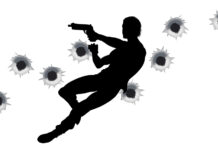

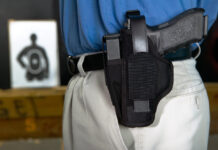
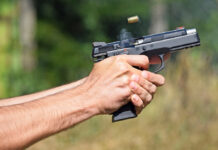
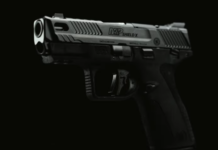
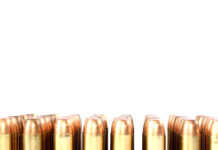
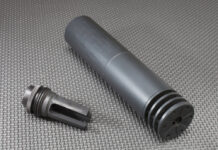
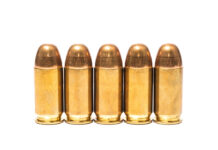

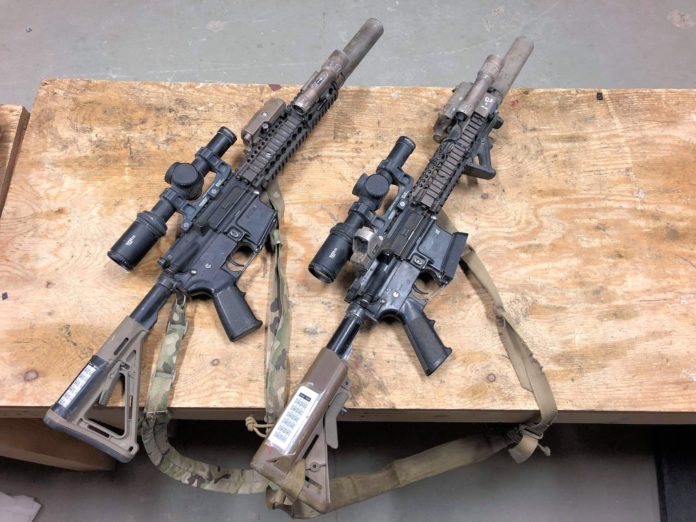










![Optic Ready vs Milled slides? [Video]](https://preparedgunowners.com/wp-content/uploads/2024/02/image-3-100x70.png)
![[Checklist] What Gear You Need To Take Pistol, Rifle & Shotgun Training Courses [Video]](https://preparedgunowners.com/wp-content/uploads/2023/07/Depositphotos_275087632_L-100x70.jpg)
![What is in Carter’s 2023 EDC? [Video]](https://preparedgunowners.com/wp-content/uploads/2023/07/Depositphotos_146856137_L-100x70.jpg)



When I was in the National Guard I wanted to use my Aimpoint MK 1 on my rifle back in 87, higher ups said no way, during the TriColor matches most of the soldiers could not hit the 300 meter Type E without coaching. I’m sure good optics would have solved this. The military takes its sweet ass time figuring shit out. Now I have a Nikon P223 on my A2 AR with an Arms mount. The stock is a Magpull PRS Shoots 2 finger rapids at 100 yds, if I had my youth back that’s what I’d use across the pond
Yeah it takes them a REALLY long time – bureaucracy at its finest!
I swear to God that had WWII not. Broken out the army would still.be using mules as a primary mode of transportation and supply
Troof 🙂
Ok civilians, remember he said these were set up for military combat at a distance. Buis still makes sense for SHTF weapons. Emt anybody? Aimpoint down. And batteries die. Even so the scope’s glass is etched so only illumination would be down. They’d still work.
Yeah exactly, most Low power variable scopes – while they are illuminated – they are also etched, so you can see the reticles still
Just what do you expect from demorats and RINOs !!!!!!!!!!!!!!!!!!!!!!!!!
The only reason this country is not in Europe’s shoes controlled by a bunch of stinky commies is because of our second amendment. Just the idea there are many millions of guns here in America would make any stinky commie think twice. Look at France. The cops got assault riffles and on the other side rocks. Maybe
But if they had AR 15s that would be a diffrrrnt story.
We are ALL militia. It’s our hearts calling.
Amen brother I always say a well armed militia is necessary in the USA in case we need to take a stand like the minute men of our great history we the people are a threat to be reckoned with and the world knows it so does our own gov.
I use a Soni King 3-9 X 40 with an Adjustable Obj. scope ($79.95) and a 400 Meter green laser ($49.99). This scope works just as well as a $2,000.00 scope. The scope is useful for two-legged and four-legged “critters” and the laser is great for night hunting since animals can’t see it. I have a green light flashlight as well. Would I be worried about ‘night poaching’ in a SHTF situation? You know I would. Yeah, right!
I have a solar charger and multiple rechargeable batteries for both. Pays to be prepared.
Comments are closed.